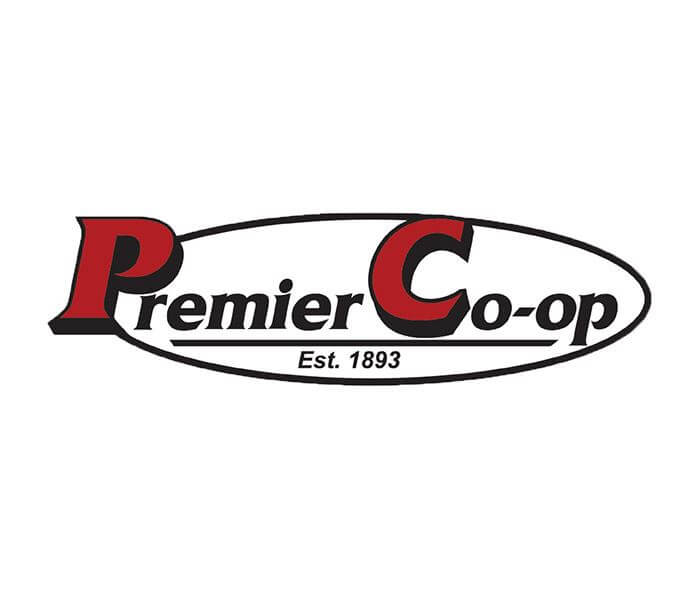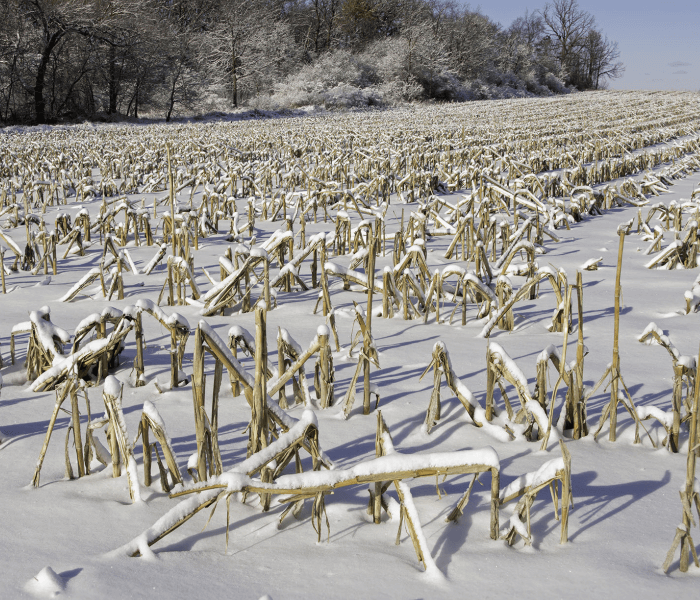Be Prepared.
With the varied and challenging weather conditions, this year will be as important as any to get out and determine how well your corn hybrid has withstood the ups and downs of 2023. At Premier we recommend starting scouting fields now, checking for any indication of the factors that lead to stalk lodging so you can prepare a harvest order to minimize yield loss. Observations should be made within the field away from outside rows. To estimate how much stalk rot is present, go down your corn rows and pinch 10 stalks in a row about 6 inches above the soil surface and up toward the ear. If your thumb and forefinger meet, collapsing the stalk easily indicates advance stages of stalk rot and those stalks are compromised. If 15% of stalks tested in a field fail the test, prioritize that field for harvest. Also, determine the extent of insect feeding. Choose your sampling areas to adequately reflect differences in soil types, soil drainage patterns, corn products, rainfall, and soil fertility levels. For help in accessing your fields please give your Premier agronomist a call.
Harvest Management
- As you sort out your fields, you must determine if the lodging factors are only in one area of the field, or if it is spread evenly throughout. Is only one field affected, or are all field affected? Once you have determined the extent of the problem, consider the following harvest options:
- Harvest the affected areas first. Do not allow lodged fields to remain unharvested any longer than necessary, provided the grain is physiologically mature.
- Harvest the affected areas slower than usual. A ground speed of 2 mph is usually adequate for harvesting lodged corn. By harvesting at a slow speed, your ability to pick up lodged ears that would otherwise be missed will increase. Gathering chain speeds and snapping roll speed should be correspondingly reduced to maintain the normal relationship with ground speed. Combine snouts and gathering chains should be run as close to the ground as possible to pick up the downed corn.
- Under severe stalk lodging conditions, harvest against the direction of the lodging. If the corn plants are lodged toward the east, come into the field from the east. Harvesting the field from the west will only lodge the plants further, making it almost impossible to pick up the ears. Some growers indicate that they adjust the gathering chains and the rolls inward as closely as possible to adequately grip the rotten stalks with no center core. These stalks collapse to a thickness of approximately 1/8 inch when squeezed.
Post Harvest Considerations While the culture and harvest management options will help reduce the harvest losses you incur during the current growing season, evaluate why certain fields or areas of fields lodged. Did you make the proper choice for product selection, fertility levels, plant populations, pest control, or cultural practices? Which factors going forward can be changed to avoid the problem in future years? Please reach out to your agronomist to help evaluate and answer those question and build for success in 2024.




